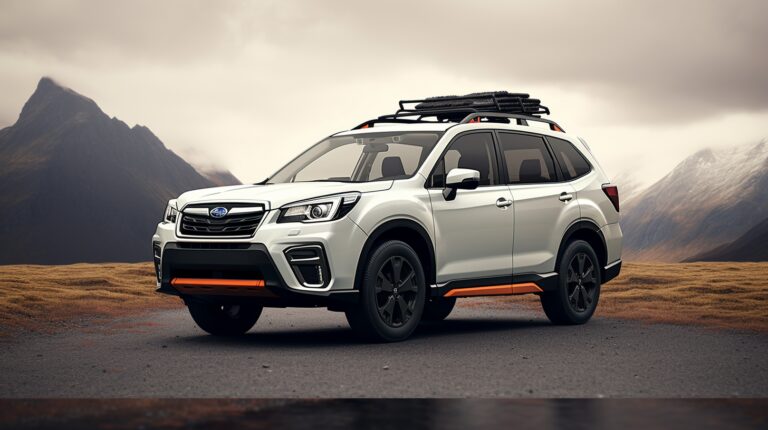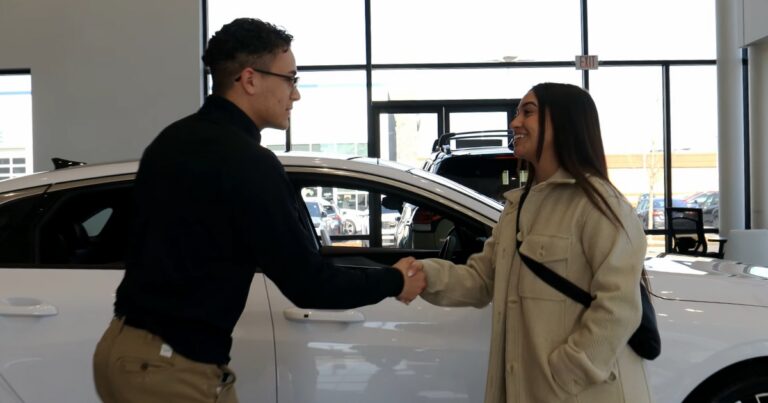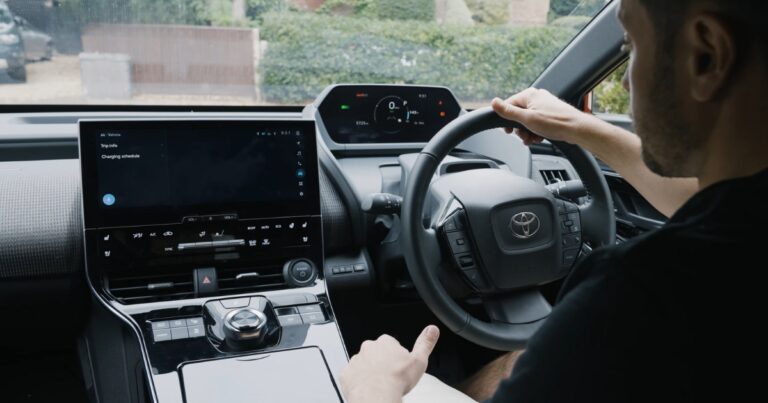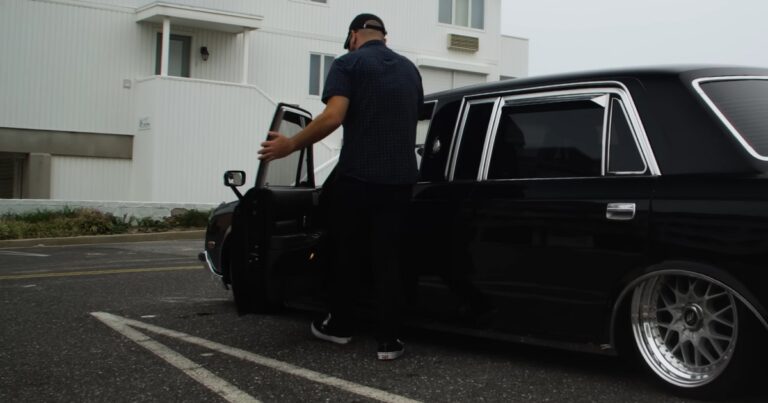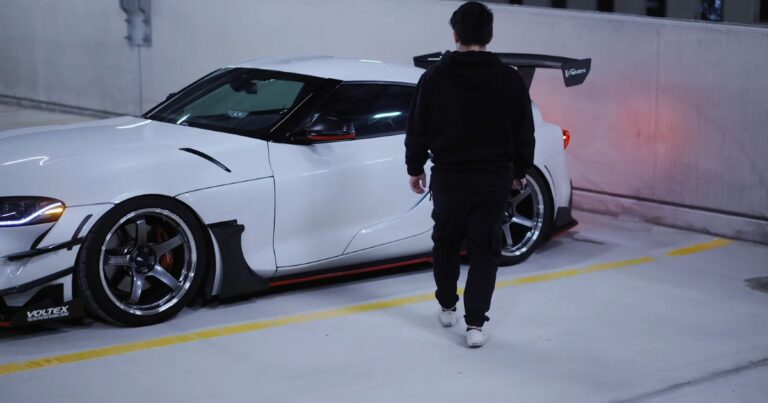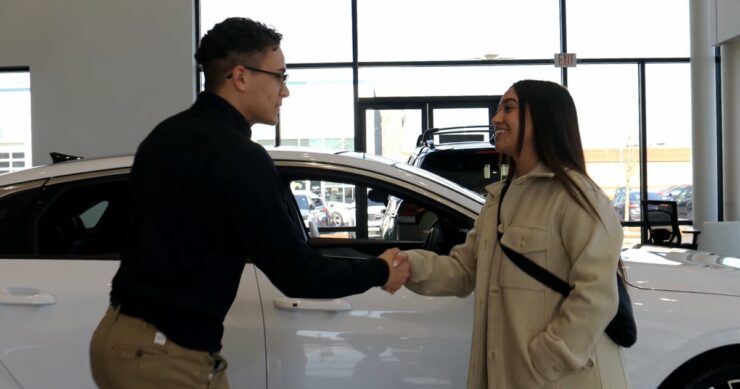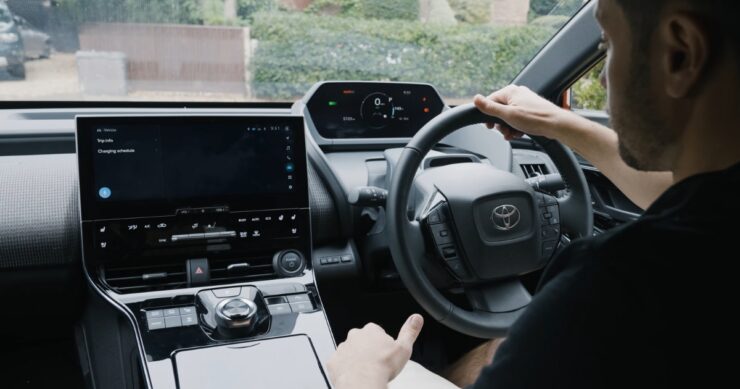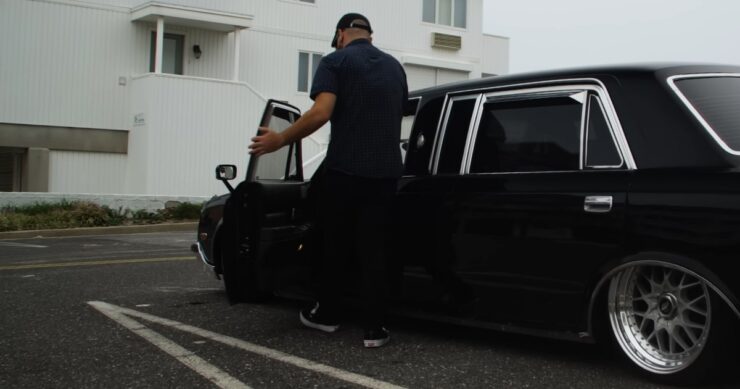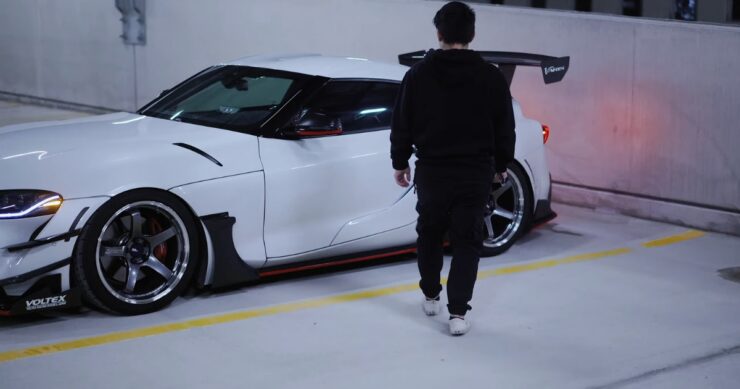Hey there!
If you’re a proud owner of a Subaru Forester, or even just curious about the mechanics behind it, you’ve come to the right place. CV joints, or Constant Velocity joints, are crucial components in your Subaru Forester.
They play a pivotal role in ensuring your wheels turn at a constant speed, regardless of the bumps and turns on the road. Ensuring these joints are in top condition is essential for a smooth driving experience.
Today, we’ll be discussing the cost implications of replacing these vital components.
Signs of CV Joint Issues
Ever heard a clicking noise when making a turn in your Subaru Forester? That could be a sign of a CV joint issue. Some common symptoms include:
- Clicking or popping noises when turning
- Vibration while driving
- Grease on the edge of your tires
Catching these signs early can save you from more significant problems down the road. A faulty CV joint can drastically affect your Subaru’s performance, leading to uneven tire wear and even potential breakdowns.
Factors Affecting Replacement Cost
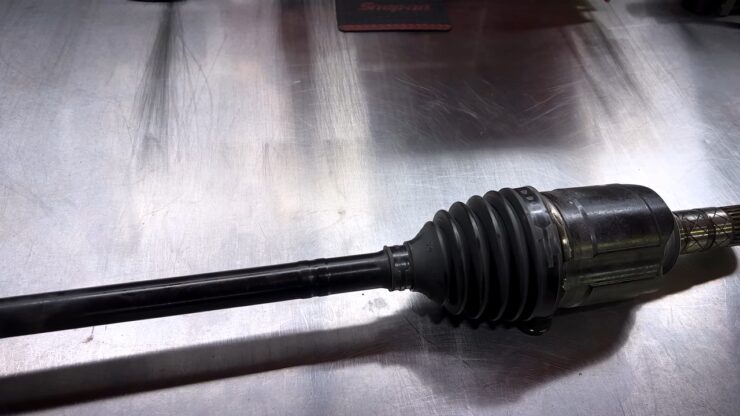
When it comes to the cost of replacing a CV joint, several factors come into play:
- OEM vs. Aftermarket Parts: Original Equipment Manufacturer (OEM) parts tend to be pricier but are usually of higher quality. On the other hand, aftermarket parts can be more affordable but vary in quality.
- Labor Costs: Different repair shops have different hourly rates. It’s always a good idea to shop around and get a few quotes.
- Location-Based Cost Variations: Depending on where you live, the cost of replacement can vary. Urban areas might have higher rates than rural ones.
- Warranty Considerations: Some parts come with a warranty, which can affect the overall cost. Always check the warranty details before making a decision.
Fun Fact: Did you know that CV joints are designed to meet the unique needs of front-wheel drive vehicles? They’re essential for transferring power from the engine to the wheels while accommodating the up-and-down motion of the suspension.
Cost Breakdown
- Cost of CV Joint Parts: Depending on whether you opt for OEM or aftermarket parts, this can range from $50 to $200.
- Labor Costs: Typically, labor costs can range from $70 to $120 per hour, with the replacement taking about 2-4 hours.
- Additional Fees and Taxes: Always account for potential additional fees and taxes, which can vary based on your location.
- Total Estimated Cost: Combining all the factors, you’re likely looking at a total cost ranging from $190 to $680 for a CV joint replacement.
DIY vs. Professional Replacement
Hey, I get it. We all love a good DIY project. But when it comes to CV joint replacement, there are some things to consider:
- Cost Savings: You can save on labor costs.
- Learning Experience: It’s a great way to understand your vehicle better.
- Complexity: Replacing a CV joint isn’t a beginner’s task. It requires specific tools and knowledge.
- Time-Consuming: It might take longer than expected, especially if it’s your first time.
Safety Considerations
Always ensure you have the right tools and safety equipment. Working under a car can be dangerous, so use jack stands and never rely solely on a hydraulic jack.
Benefits of Professional Replacement
- Expertise: Mechanics have the experience and tools to do the job efficiently.
- Warranty: Many repair shops offer warranties on their work.
- Peace of Mind: Knowing that a professional has handled it can be reassuring.
Pro Tip: If you decide to go the DIY route, always have a backup plan. It might be handy to have the number of a local mechanic just in case things don’t go as planned.
Cost-Saving Tips
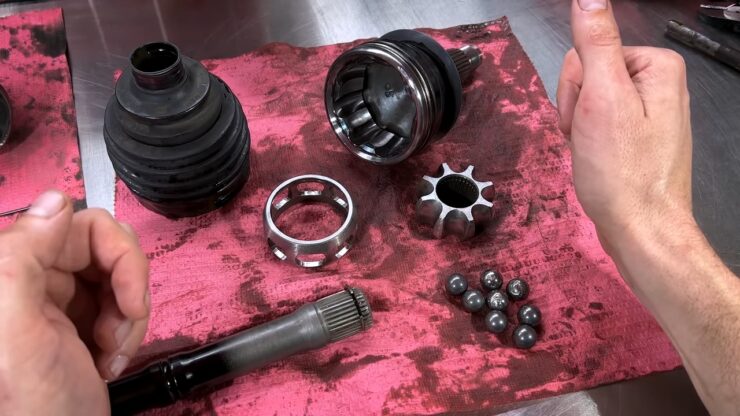
Looking to save some bucks on your CV joint replacement? Here are some tips:
- Maintenance: Regularly inspect the CV joint boot for any damages. Catching issues early can prevent more significant problems.
- Shop for Affordable Parts: Compare prices for both OEM and aftermarket parts. Sometimes, promotions or discounts are available.
- Get Multiple Quotes: Don’t settle for the first quote you get. Shop around and compare labor costs from different repair shops.
- Negotiation: Don’t be shy to negotiate the price, especially if you’re a regular customer.
Fun Fact: The term “CV joint” was first used in the early 20th century. It revolutionized the automotive industry by allowing cars to handle better at high speeds.
Warranty and Quality
When it comes to CV joint replacement, quality matters. Here’s why:
- Importance of Quality Parts and Workmanship: High-quality parts ensure longevity and better performance. A well-done job can save you from future repairs.
- Manufacturer and Repair Shop Warranties: Always check the warranty details. Some offer extended warranties, which can be beneficial in the long run.
- Ensuring Long-Term Reliability: Investing in quality now can save you money and stress in the future.
FAQ
What is the primary function of a CV joint in a Subaru Forester?
To transmit power from the engine to the wheels while accommodating the up-and-down movement of the vehicle’s suspension system. This ensures that the wheels rotate at a constant speed, providing a smooth driving experience even on uneven terrains.
Are there different types of CV joints?
Yes, there are two main types: inner and outer. The inner connects the CV axle to the transmission, while the outer links the CV axle to the wheel hub. Both these joints work in tandem to ensure consistent power transmission to the wheels.
How can I visually inspect my CV joint for potential issues?
While some symptoms like noises or vibrations might be evident during driving, a visual inspection can also reveal issues. Look for grease on the edge of your tire, which might indicate a tear or crack in the CV joint’s protective boot. If the boot is damaged, dirt and debris can enter the joint, leading to premature wear and tear.
Is it possible to replace just the CV joint boot instead of the entire joint?
Yes, if the damage is limited to the boot and the CV joint itself is still in good condition, you can opt to replace only the boot. This is a more cost-effective solution, especially for vehicles with lower mileage. However, if the CV joint has been compromised due to the boot’s failure, it’s advisable to replace the entire joint.
What risks do I face if I ignore the symptoms of a bad CV joint?
Ignoring the symptoms can lead to the complete failure of the CV joint. In a worst-case scenario, the axle could break while driving. This not only immobilizes the vehicle but, if it happens at high speeds, can lead to a loss of control, posing significant safety risks to the driver, passengers, and others on the road.
Can a bad CV joint affect other components of my Subaru Forester?
Absolutely. A faulty CV joint can lead to excessive vibrations, which might impact other components, including the transmission. Over time, these vibrations can cause wear and tear on other parts of the vehicle, leading to additional repair costs.
How often should I get my CV joints inspected?
While they are designed to last a long time, it’s a good practice to have them inspected during your regular vehicle maintenance checks, especially if you frequently drive on rough terrains or have an older vehicle model.
Are CV joints unique to Subaru Forester or are they found in other vehicles as well?
They are not unique to the Subaru Forester. They are found in most front-wheel drive and all-wheel drive vehicles. Even some rear-wheel-drive vehicles with independent rear suspensions will have CV joints. They are a standard component in many vehicles, ensuring smooth power transmission to the wheels.
Conclusion
Having journeyed through the intricacies of CV joint replacement for the Subaru Forester, it’s evident that this component, though often overlooked, plays a pivotal role in ensuring a smooth and safe driving experience.
While the Subaru Forester is a robust and reliable vehicle, like all machines, it requires care and attention. By staying informed and proactive, you can ensure that your Subaru serves you well for many miles to come.
Stay safe on the roads, and always remember: knowledge is the key to a smooth drive!

